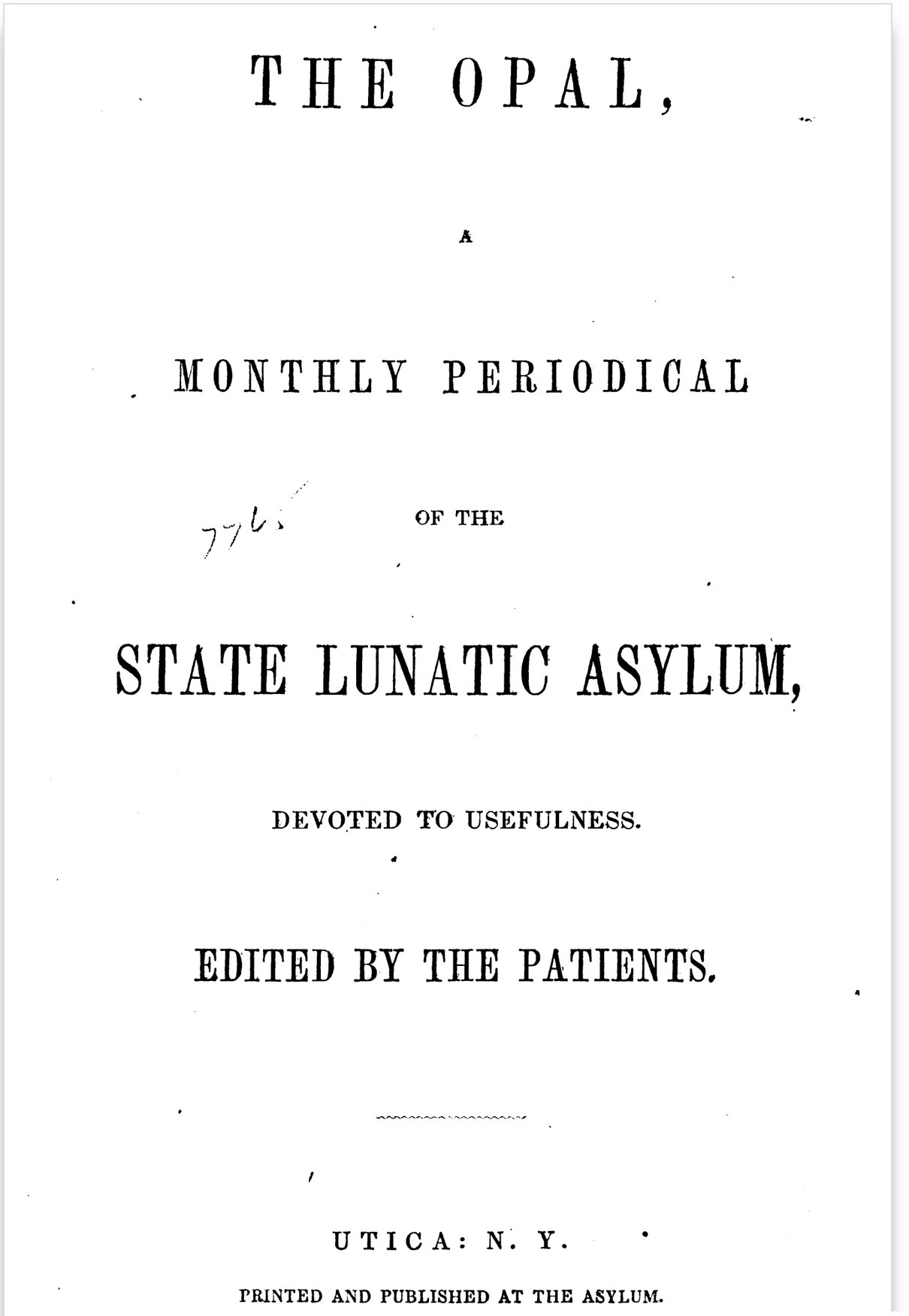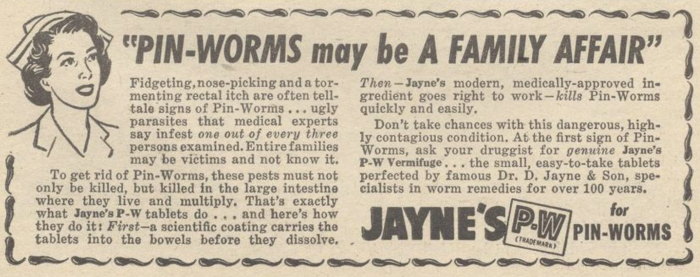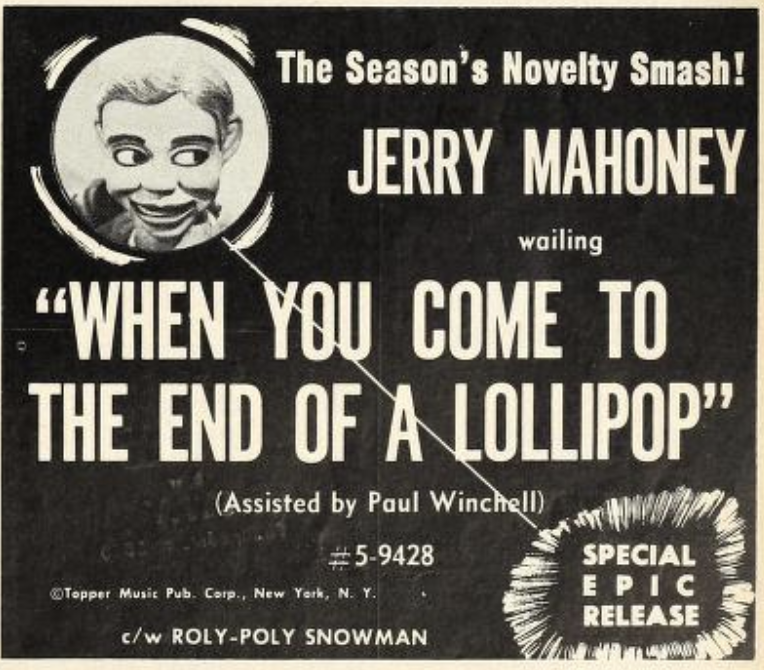September 2023
September 30, 2023
Musical Tones of Waterfalls
The "A. Heim" referred to below was the Swiss geographer Albert Heim. (Perhaps the E. Heim was his brother?) His studies of the musical tones of waterfalls led him to formulate the hypothesis that Beethoven wrote the sound of a waterfall into his "Pastoral" symphony. Details from wqxr.org:You can read Heim's article about the musical tones of waterfalls here (but it's in German).

Scribner's Monthly - Apr 1875
Posted By: Alex - Sat Sep 30, 2023 -
Comments (1)
Category: Music, Science, Nineteenth Century
The Opal
Read it here. Spoiler: it's all very bland.
Posted By: Paul - Sat Sep 30, 2023 -
Comments (2)
Category: Literature, Magazines, Nineteenth Century, Mental Health and Insanity
September 29, 2023
The Unspeakable sin of Charlemagne
After the death of Charlemagne (in 814 AD), a legend emerged alleging that the ruler had committed some kind of "unspeakable sin."The legend first appeared in print in a 10th-century work called The Life of St. Giles. According to this work, Charlemagne had sought out St. Giles to ask the saint to pray for him because he had committed a sin so terrible that he had never been able to confess it properly. Giles reportedly agreed to pray for the king, even though Charlemagne didn't tell him what the sin was.
The fact that the unspeakable sin wasn't disclosed whet the imaginations of later medieval writers, creating a minor genre devoted to exploring what the sin was. Details from Charlemagne: Father of Europe (2022) by Philip Daileader.
The allegation of an incestuous relationship between Charlemagne and Gisela appears in the Karlamagnus Saga, a 13th century account of Charlemagne's life written in Norse. From there, the incest claim is then taken up by a number of different texts, especially French texts.
Other authors identified Charlemagne's unspeakable sin as necrophilia. That claim appears in a 14th century German poem about Charlemagne, "Karl Meinet," and the idea was then taken up in a number of 14th and 15th century German chronicles and treatises.
Specifically, someone had hexed Charlemagne by placing a charmed ring under the tongue of his dead wife. The ring caused Charlemagne to become infatuated with the wife and to continue the relations they had had while she was alive. When a bishop discovered the ring and removed it from the dead wife's mouth, Charlemagne became infatuated with the bishop. The bishop tossed the ring into a swamp, and Charlemagne became infatuated with the swamp, building a palace and dwelling there. To be clear, none of this is true...
One can only speculate as to why stories arose alleging that Charlemagne was guilty of incest or necrophilia, and why those stories gained a significant and distinguished audience. These stories did not emerge in or remain confined to a specific geographical milieu. They do not seem to have been concocted to achieve any specific political outcome. Perhaps they emerged primarily as a reaction against the overblown praise that Charlemagne received in other works. The bigger they come, the harder they fall.

Detail from a Flemish altarpiece (ca. 1400) showing Charlemagne asking St. Giles to pray for him.
Source: Victoria and Albert Museum
Posted By: Alex - Fri Sep 29, 2023 -
Comments (3)
Category: Medieval Era, Fables, Myths, Urban Legends, Rumors, Water-Cooler Lore
The Violents, “Alpens Ros”
Not much of a plot, but lots of eye candy and a catchy tune.The group's Discogs page.
Posted By: Paul - Fri Sep 29, 2023 -
Comments (4)
Category: Music, Oceans and Maritime Pursuits, 1960s, Europe, Attractiveness, Sexiness, Allure and Personal Magnetism
September 28, 2023
Pin-Worms may be a family affair
"Fidgeting, nose-picking and a tormenting rectal itch are often tell-tale signs of Pin-Worms . . . Entire families may be victims and not know it."I'm imagining the families who thought the tormenting rectal itches were nothing out-of-the-ordinary.

Super Science Stories - March 1950
Posted By: Alex - Thu Sep 28, 2023 -
Comments (0)
Category: Health, Disease, Advertising, 1950s
How To Stop Smoking Without Using Willpower
Posted By: Paul - Thu Sep 28, 2023 -
Comments (0)
Category: Hypnotism, Mesmerism and Mind Control, Self-help Schemes, Smoking and Tobacco, 1970s
September 27, 2023
Miss Missile
Between 1961 and 1965, a "Miss Missile" was chosen annually at Sheppard Air Force Base in Wichita Falls. The contest was part of the Armed Forces Day celebrations.The first winner was Nancy Mitchell, making her Miss Mitchell Miss Missile.

Wichita Falls Record - May 15, 1962

Wichita Falls Record - May 18, 1962

Wichita Falls Record - May 5, 1965

Wichita Falls Record - May 14, 1965
Posted By: Alex - Wed Sep 27, 2023 -
Comments (1)
Category: Awards, Prizes, Competitions and Contests, 1960s, Weapons
When You Come to the End of a Lollipop
Yes, a real dummy singing.
Posted By: Paul - Wed Sep 27, 2023 -
Comments (1)
Category: Ineptness, Crudity, Talentlessness, Kitsch, and Bad Art, Music, Puppets and Automatons, Junk Food, 1960s
September 26, 2023
Misdirected amplexus
"Misdirected amplexus" is the scientific term for the curious phenomenon of male frogs attempting to mate with inappropriate objects. Details from the New ScientistFrog mating is often hard to miss. In most species it involves a process called amplexus, in which males grip onto a female tightly for hours or days at a time until the eggs are fertilised. But there are plenty of records of male frogs grappling an unpromising target such as a frog from a different species or a dead individual. One explanation is that such mistakes are more likely to happen in species that breed in large numbers with a low ratio of females to males, and where multiple species occupy the same breeding pond.
I briefly discussed the subject of misdirected mating in the animal kingdom in my book Elephants on Acid. Here's the relevant text:
During the early 1950s, researchers at Walter Reed Army Medical Center surgically damaged the amygdala (a region of the brain) in a number of male cats. These cats became "hypersexual," attempting to mate with a dog, a female rhesus monkey, and an old hen. Four of these hypersexual cats, placed together, promptly mounted one another.
Posted By: Alex - Tue Sep 26, 2023 -
Comments (0)
Category: Animals, Nature, Science, Sex
The Hobo Jungle Murder
You might or might not be surprised at the number of hits one gets when searching for "hobo murder." I guess that milieu was a really violent one. In any case, I highlight this instance for the great hobo names. I assume "Knubbs" meant "nubs," referring to the dead man's lack of hands.What would your own hobo name be, by the way?


Posted By: Paul - Tue Sep 26, 2023 -
Comments (0)
Category: Bums, Hobos, Tramps, Beggars, Panhandlers and Other Streetpeople, Death, Odd Names, Police and Other Law Enforcement, 1940s
| Get WU Posts by Email | |
|---|---|

| Who We Are |
|---|
| Alex Boese Alex is the creator and curator of the Museum of Hoaxes. He's also the author of various weird, non-fiction books such as Elephants on Acid. Paul Di Filippo Paul has been paid to put weird ideas into fictional form for over thirty years, in his career as a noted science fiction writer. He has recently begun blogging on many curious topics with three fellow writers at The Inferior 4+1. Chuck Shepherd Chuck is the purveyor of News of the Weird, the syndicated column which for decades has set the gold-standard for reporting on oddities and the bizarre. Our banner was drawn by the legendary underground cartoonist Rick Altergott. Contact Us |

